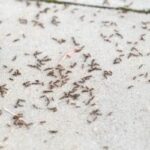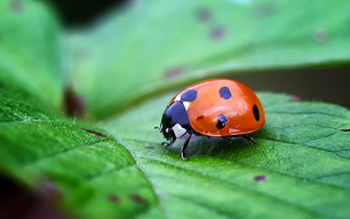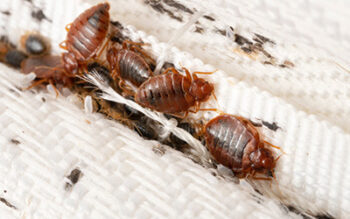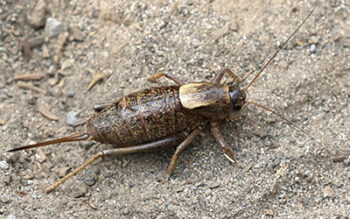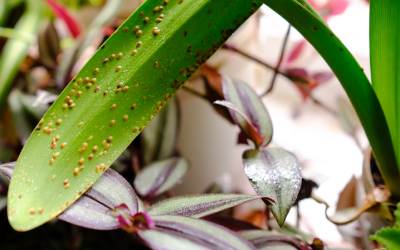
Plants inside your home are not only for decoration, they also provide many health benefits such as; increasing air quality, lessening stress and improving your mood. After spending hours taking care of your prized houseplants, finding bugs can be any proud plant owner’s worst nightmare. Some bugs that you may find on your plants can be extremely damaging or even kill your plants which makes it important to be proactive in keeping pests away in the first place and dealing with any infestation quickly.
How to Identify Common Houseplant Pests
If you have bugs on your houseplants, it is important to be able to identify what type of infestation you have so that you can effectively treat the infestation. Once you see signs of bugs in your houseplant, the first step in treating the infestation is to isolate the plant so the bugs do not spread then follow with the appropriate treatment.
Below are some of the most common bugs that may invade your houseplants.
Spider Mites
If you are seeing small silk webs on your plants, it’s a clear sign you have spider mites. These pests are tiny and will look like small moving dots on the leaves of your plants. They can cause extensive damage to your plants if left untreated.
Mealybugs
Mealybugs can easily be identified by their white, cotton-like bodies. While the male mealybugs look like small flies and can be hard to see, females normally have distinctive white, flat, oval bodies. Mealybugs can be killed by wiping any infected areas with a cotton ball soaked in rubbing alcohol.
Fungus Gnats
Fungus gnats are tiny flies that are common in overwatered houseplants. These pests lay their eggs in moist soil. If you see small flies exiting the soil of your plants, especially when disturbed, you most likely have a fungus gnat infestation. Using yellow sticky traps will help get rid of adult gnats and stop them from spreading to other plants.
Scales
There are two main types of scales that infect plants, armored and soft scales. Scales will often look like brown bumps on your plant. Scales can be extremely damaging to plants and their secretions can attract funguses.
Aphids
Aphids can range anywhere in color from green to white, yellow, brown, gray or black. They have small pear-shaped bodies and are often found in the new growth of a plant.
6 Ways to Ensure Your Houseplants are Bug-Free
Finding bugs on your houseplants can be extremely frustrating for many plant parents. They can seemingly appear out of nowhere and can be difficult to get rid of. Here are 6 tips to make sure your plants stay pest free!
- Examine your plants for signs of bugs regularly.
- Isolate any new plants and watch for any signs of bugs. This will help stop any bugs from hitching a ride into your home and invading your other plants.
- Make sure to not overwater your plants and put them in pots with good drainage. If the soil remains soggy, they can develop root rot which can attract fungus gnats and possibly kill your plant
- Regularly shower your houseplants with water. Strong water showers will clean the leaves of any dust and debris as well as knock some pests off the plant.
- Quarantine any plants with signs of an infestation
- Spray infested plants with an insecticidal mixture of 1 teaspoon of liquid soap and 1 liter of water. You can also add 1.5 teaspoons of pure neem oil to the mixture to help keep pests from returning.


